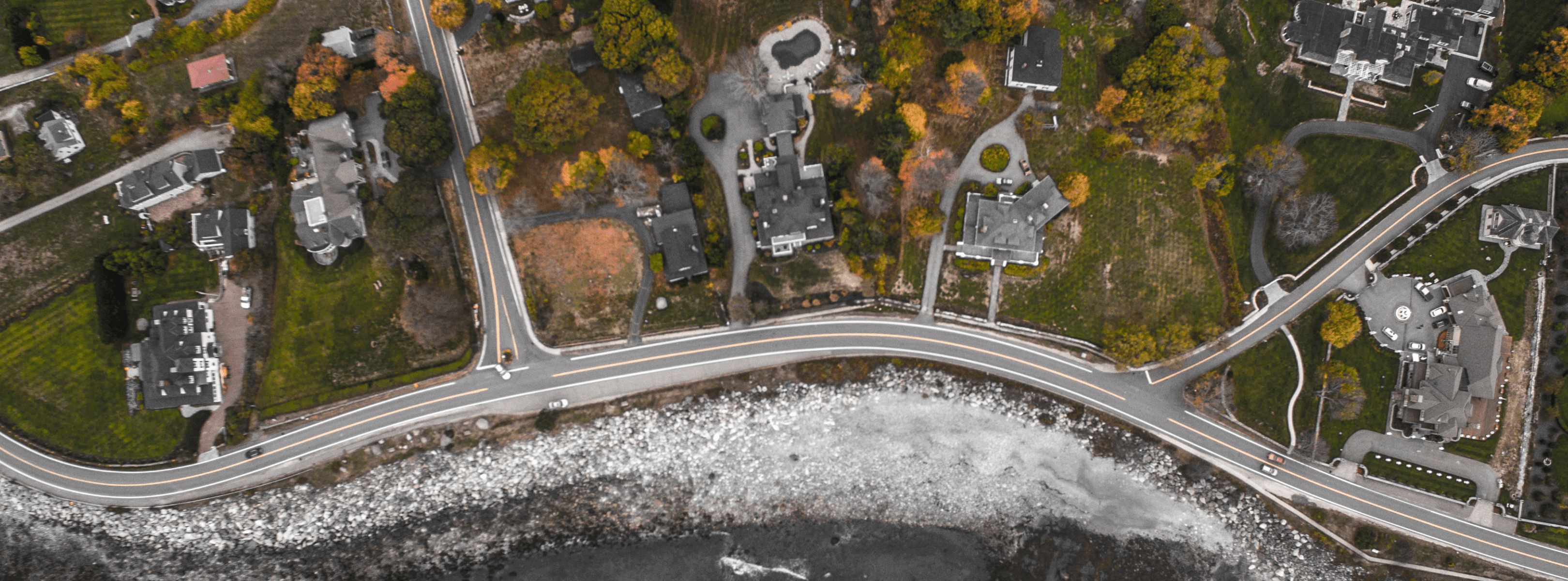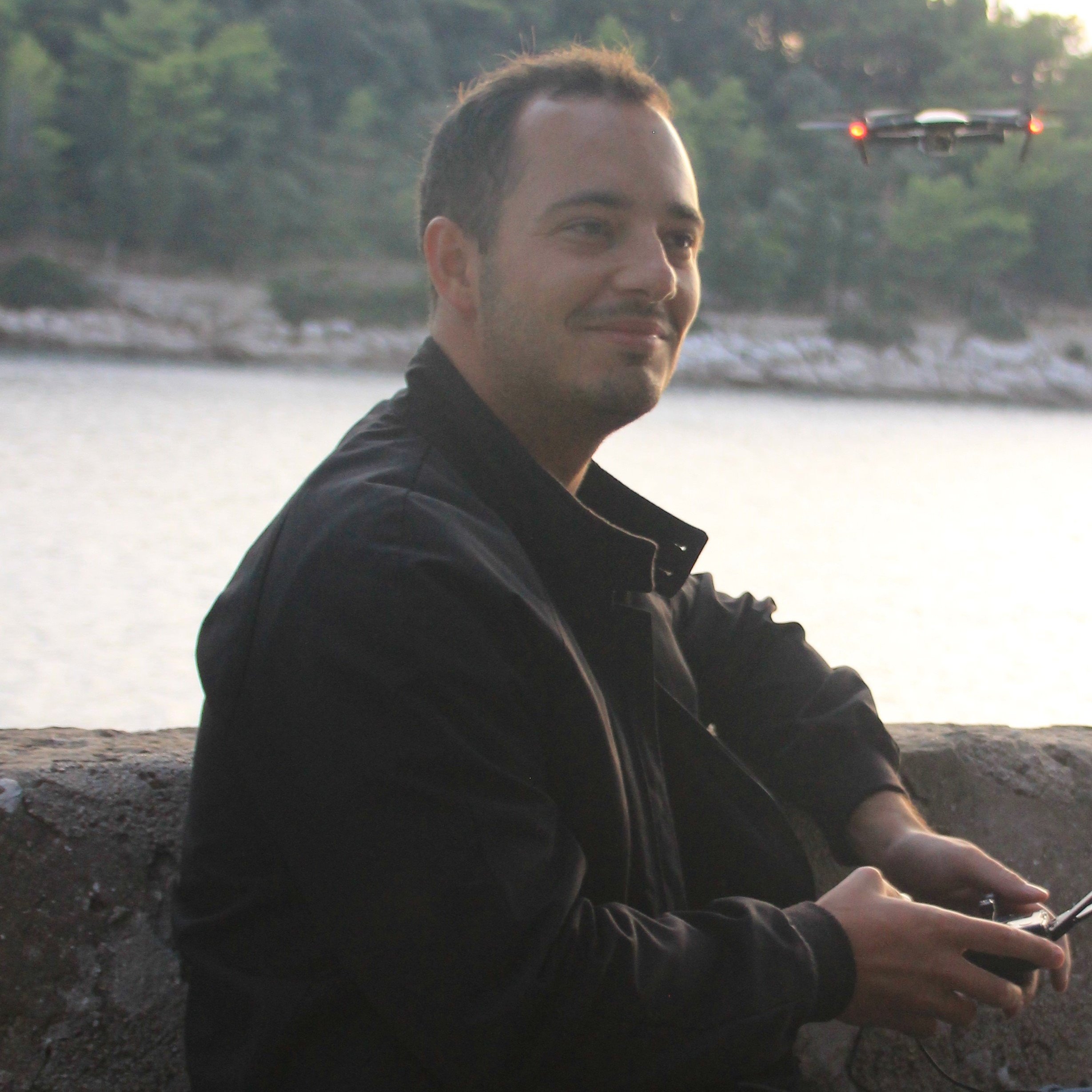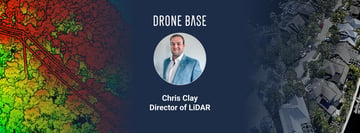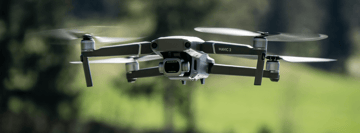There was a time in the not too distant past when the concept of drone delivery was little more than a PR exercise for a well known online retailer. The topic was more hype than substance.
But the premise has always been a compelling one: convenience, accessibility, delivery within a matter of minutes and, in theory, a more environmentally friendly way of getting small packages from one place to another.
There has been significant progress since those early days. And while there remain significant barriers to widespread adoption in urban areas, here are five examples that prove the potential (and the reality) of drone delivery.
Google Wing
Google/Alphabet’s Project Wing was launched in 2014 and originally focused on dropping supplies in areas hit by natural disasters. There was, however, always a sense that the foundations were being laid for a commercial delivery service.
After testing and trials all around the world, Wing has come to fruition this year with an official launch in Australia.
Earlier this month, Wing launched its first home delivery service in the suburbs of Canberra. The service has partnered with local businesses to deliver takeaway food, coffee, medicines and more to around 100 homes.
And that’s just the beginning it seems. Plans are in place to expand the service in the local area, despite noise concerns from locals. Wing is also set to launch in Finland later this year and is running trials closer to home in Virginia.
Zipline
Arguably the most successful example of drone delivery to date is Zipline. The California startup has been running a successful and life-saving delivery service in rural parts of Africa since 2016.
Zipline ferries bloods, plasma and other vital medical supplies to remote and often hard to reach locations. The service uses fixed-wing drones to drop the supplies via parachute in trips that take a matter of minutes.
Zipline has been established in Rwanda since 2016 and this year set up operations in Ghana. The company’s drones fly over remote mountains, rivers, and washed-out roads, requiring no infrastructure to serve local communities.
Zipline’s fleet covers more than 40,000 km every week. If that isn’t proof of drone delivery, we don’t know what is.
Flytrex & AHA
In the summer of 2017, Israeli drone delivery startup Flytrex launched an aerial delivery service with AHA, one of Iceland's largest eCommerce retailers.
The aim was to expand AHA’s delivery potential and find more efficient ways to get products to customers living in and around Iceland’s capital city, Reykjavik.
Using Flytrex's drone delivery platform, AHA is now delivering goods between two parts of Iceland’s capital that are separated by a wide river. The result is stark: vastly reduced delivery times and delivery costs, and increased capacity for AHA’s road-based logistics network.
Currently, Flytrex’s service covers around half the population of Reykjavik and is delivering products directly into backyards.
Matternet, Swiss Post & UPS
Another California startup has been a pioneer for drone delivery services in urban areas: Matternet.
In March 2017 Matternet was the first company in the world to be authorized for full drone delivery operations in a densely populated area. The initial project was in Switzerland, in partnership with Swiss Post.
Rather than being a service available to the public, Matternet has been supporting the speedy delivery of medical samples between hospitals and laboratories. The service started in the cities of Lugano and Berne with the help of the Matternet Station, and latterly expanded to Zurich.
Like in Iceland, the operations in Zurich saved precious time by flying over a large body of water - in this case Lake Zurich - rather than driving around it. Laboratory samples got to their destination around five times faster once the drones got involved.
In June 2018, Matternet partnered with aerospace giant Boeing to work on next-gen transport solutions, before signing up to be an exclusive partner of Mercedes-Benz Vans, which is working on its own automated logistics service.
More recently, Matternet has been chosen to support drone logistics op for US hospitals as part of the FAA's drone integration program. In March, the company announced a service with UPS that will recreate Matternet’s Swiss efforts: delivering medical samples with drones at WakeMed’s flagship hospital and campus in the Raleigh, N.C., metropolitan area.
It certainly seems as though the substance is beginning to catch up with the hype when it comes to drone delivery. Want to learn more about another futuristic drone application? Check out our recent article on the potential of drone swarms.





